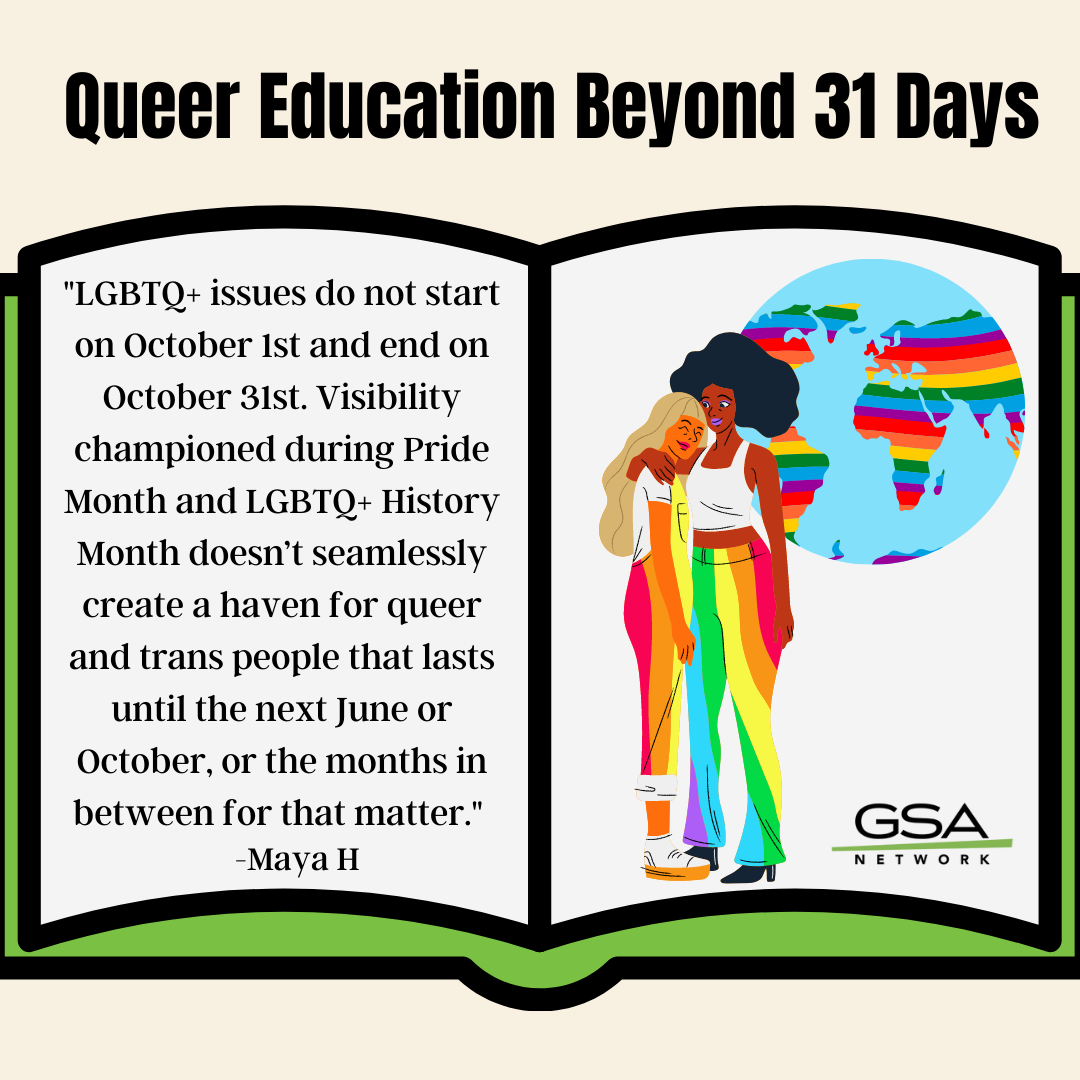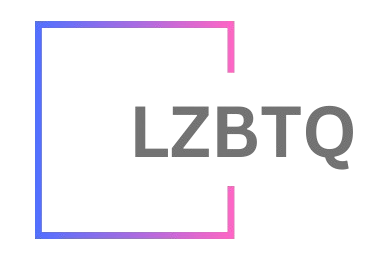Educating yourself about queer issues is more than just a learning process—it’s a step toward building empathy, fostering inclusivity, and becoming a better ally. Whether you’re new to the topic or looking to deepen your understanding, this guide will walk you through practical, engaging, and meaningful ways to learn about LGBTQIA+ experiences. Let’s dive in!
Why Is It Important to Learn About Queer Issues?
LGBTQIA+ individuals face unique challenges, including discrimination, lack of representation, and legal inequalities.
Educating yourself helps break down stereotypes, reduces stigma, and creates safer spaces for queer people.
Being informed allows you to advocate for equality and support the queer community in meaningful ways.

What Are the Basics of Queer Terminology?
Before diving deeper, it’s essential to understand the language used within the LGBTQIA+ community. Here’s a quick primer:
- Gender Identity: How a person identifies (e.g., transgender, non-binary, genderqueer).
- Sexual Orientation: Who a person is attracted to (e.g., gay, lesbian, bisexual, pansexual).
- Cisgender: Someone whose gender identity aligns with the sex they were assigned at birth.
- Intersectionality: The overlapping of identities (e.g., race, class, disability) that shape a person’s experiences.
Pro Tip: Use resources like GLAAD’s glossary or The Trevor Project’s guides to stay updated on evolving terminology.
How Can You Learn About LGBTQIA+ History?

Understanding the past is key to appreciating the present struggles and triumphs of the queer community. Here’s where to start:
- Stonewall Riots (1969): A pivotal moment in LGBTQIA+ history that sparked the modern queer rights movement.
- The AIDS Crisis: Explore how the epidemic impacted the community and led to activism.
- Marriage Equality: Learn about the decades-long fight for legal recognition of same-sex marriage.
Unique Insight: Did you know that Marsha P. Johnson, a Black transgender woman, was one of the key figures at Stonewall? Her story highlights the importance of recognizing intersectionality in queer history.
How Can You Amplify Queer Voices?
Listening to LGBTQIA+ individuals is one of the most powerful ways to learn. Here’s how:
- Read Books by Queer Authors: Dive into memoirs like “Gender Queer” by Maia Kobabe or anthologies like “The Stonewall Reader.”
- Follow Queer Activists: On social media, follow voices like Laverne Cox, Alok Vaid-Menon, or organizations like GLAAD and The Trevor Project.
- Watch Documentaries: Films like “Paris is Burning” and “Disclosure” offer deep insights into queer culture and representation.
Relatable Example: Imagine reading “This Book is Gay” by Juno Dawson—it’s like having a candid conversation with a friend who explains everything you’ve ever wondered about queer experiences.
What Role Does Media and Art Play in Queer Education?
Media and art are powerful tools for understanding queer lives. Here’s how to engage:
- TV Shows and Movies: Watch shows like “Pose” or “RuPaul’s Drag Race” to see diverse queer stories.
- Podcasts: Tune into “The Queer Podcast” or “Nancy” for personal stories and discussions.
- Art and Music: Explore the works of queer artists like Keith Haring or musicians like Janelle Monáe.
Fresh Perspective: Did you know that “Paris is Burning” not only documents ballroom culture but also highlights the resilience of Black and Latinx queer communities in the face of adversity?

Why Is Intersectionality Crucial in Queer Issues?
Queer experiences are shaped by more than just gender and sexuality. Here’s why intersectionality matters:
- Race: Queer people of color often face compounded discrimination.
- Disability: Disabled queer individuals may encounter unique barriers to accessibility and acceptance.
- Class: Economic status can impact access to healthcare, housing, and other resources.
Unique Fact: Audre Lorde, a Black lesbian poet, famously said, “There is no such thing as a single-issue struggle because we do not live single-issue lives.”
How Can You Support LGBTQIA+ Organizations?
Supporting queer communities goes beyond education—it’s about action. Here’s how:
- Donate or Volunteer: Contribute to organizations like The Trevor Project, PFLAG, or local LGBTQIA+ centers.
- Attend Events: Participate in Pride parades, workshops, or panel discussions to connect with the community.
Call to Action: Even a small donation to a local LGBTQIA+ youth center can make a huge difference in someone’s life.
How Can You Challenge Your Own Assumptions?
Self-reflection is a critical part of allyship. Here’s how to start:
- Question Stereotypes: Are your ideas about gender and sexuality based on facts or assumptions?
- Listen Without Judgment: When queer individuals share their experiences, listen to understand, not to respond.
Pro Tip: If you’re unsure about someone’s pronouns, it’s okay to ask respectfully. Mistakes happen—just correct yourself and move forward.
How Can You Stay Updated on Queer Issues?
Queer issues are constantly evolving. Stay informed by:
- Following News Outlets: Check sources like The Advocate, them., and Out Magazine.
- Engaging with Social Media: Follow queer activists and educators for real-time updates.
Unique Insight: Did you know that the term “non-binary” has gained widespread recognition only in the last decade? Language evolves as our understanding of gender deepens.
What Does Practicing Allyship Look Like?
Allyship is about action, not just intention. Here’s how to practice it:
- Speak Up: Call out discrimination or harmful jokes when you hear them.
- Use Correct Pronouns: Respecting someone’s pronouns is a simple yet powerful way to show support.
- Create Safe Spaces: Whether at work or home, ensure LGBTQIA+ individuals feel welcome and valued.
Relatable Example: Imagine a coworker misgenders someone. Instead of staying silent, you gently correct them and model inclusive behavior.
How Can You Engage in Meaningful Conversations?
Talking about queer issues can feel daunting, but it’s essential. Here’s how:
- Ask Questions Respectfully: If a queer friend is open to it, ask thoughtful questions to learn more.
- Join Communities: Participate in online forums or local groups to discuss queer issues.
Pro Tip: Avoid putting the burden of education on queer individuals—do your own research first.
Why Is Patience and Humility Key in This Journey?
Learning about queer issues is an ongoing process. Here’s how to approach it:
- Be Open to Growth: It’s okay to make mistakes—just apologize, learn, and do better.
- Celebrate Progress: Every step you take toward understanding is a step toward a more inclusive world.
Memorable Takeaway: Allyship isn’t about being perfect; it’s about being present and willing to grow.
Final Thoughts: Your Role in Building an Inclusive World
Educating yourself about queer issues is a journey, not a destination. By listening, learning, and taking action, you can make a meaningful difference in the lives of LGBTQIA+ individuals. Start today—read a book, watch a documentary, or donate to a queer organization. Every small step counts.
Image Credit: americanprogress.org
Sources and References
Let’s work together to create a world where everyone feels seen, heard, and valued. 🌈

